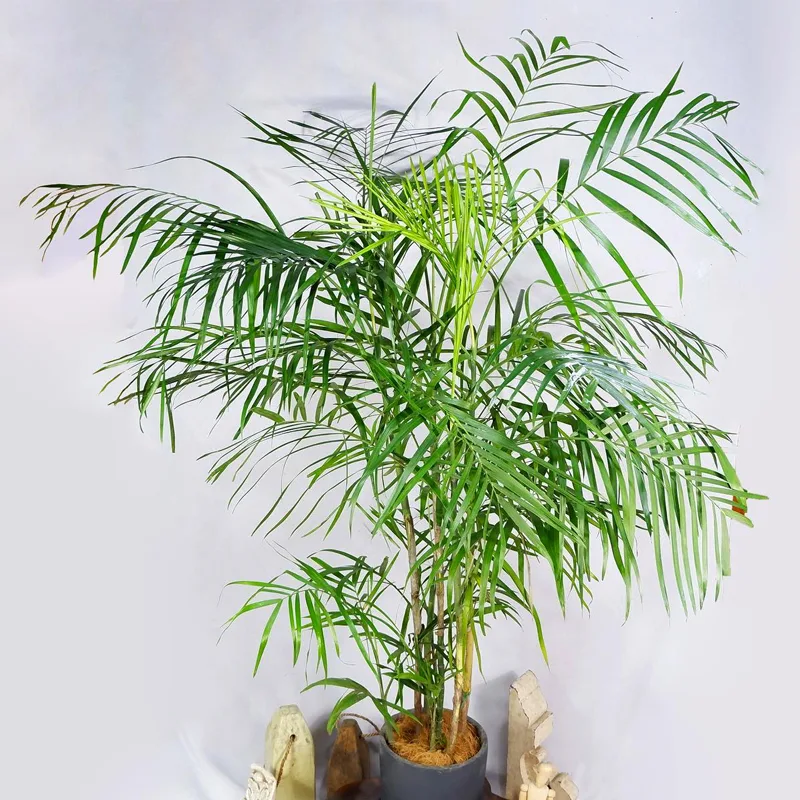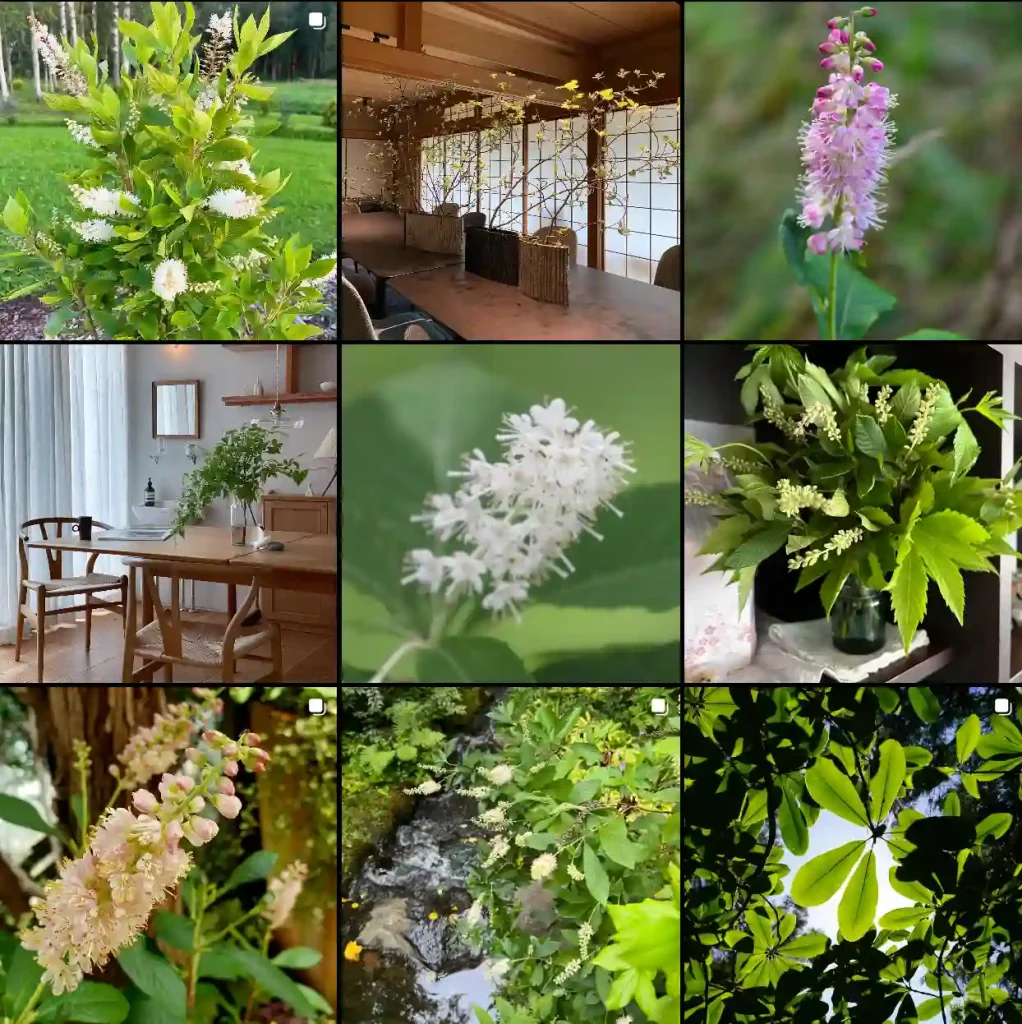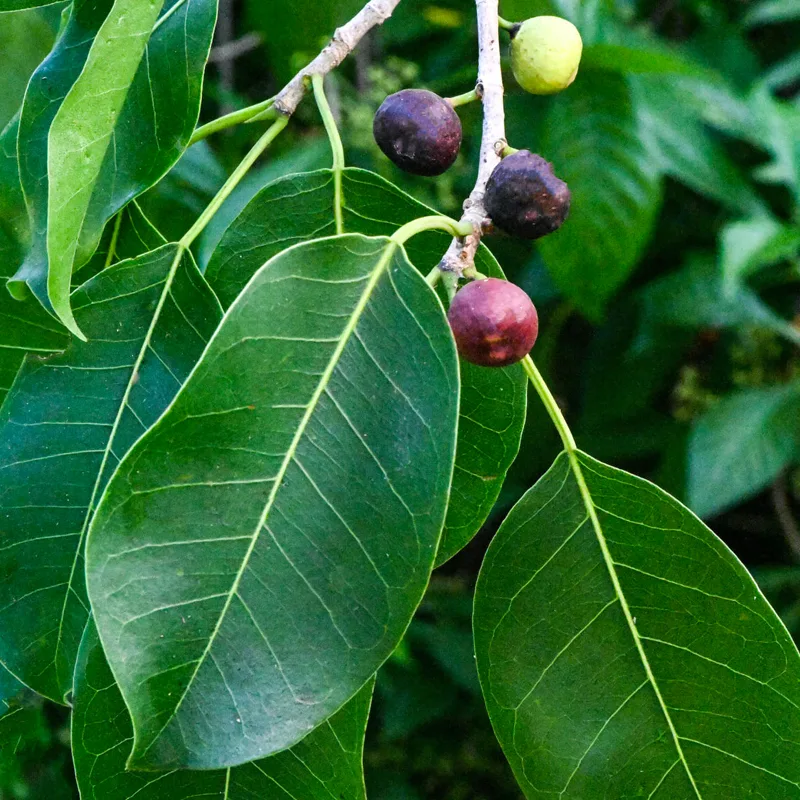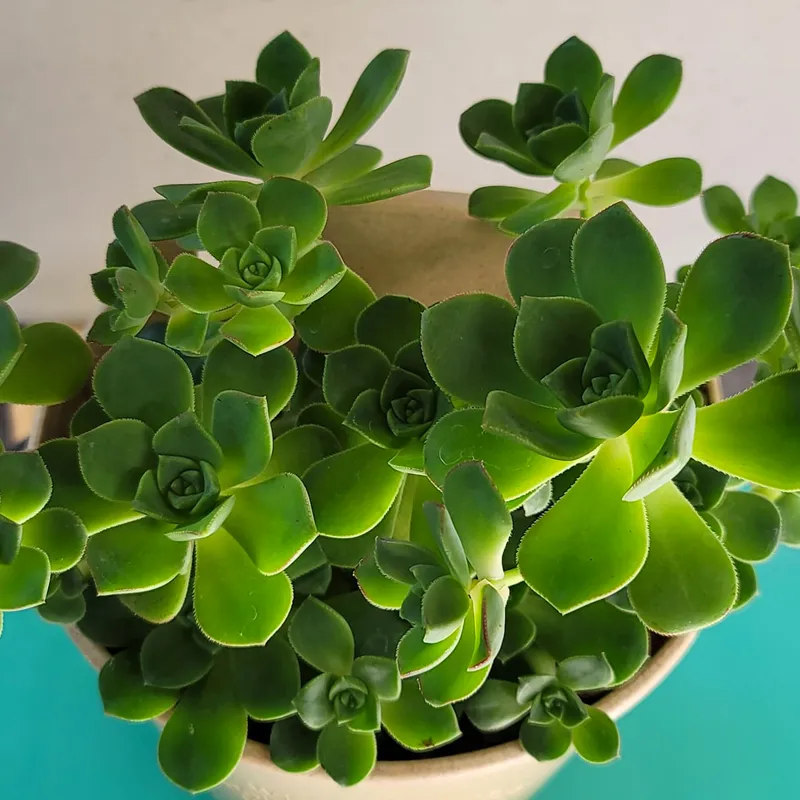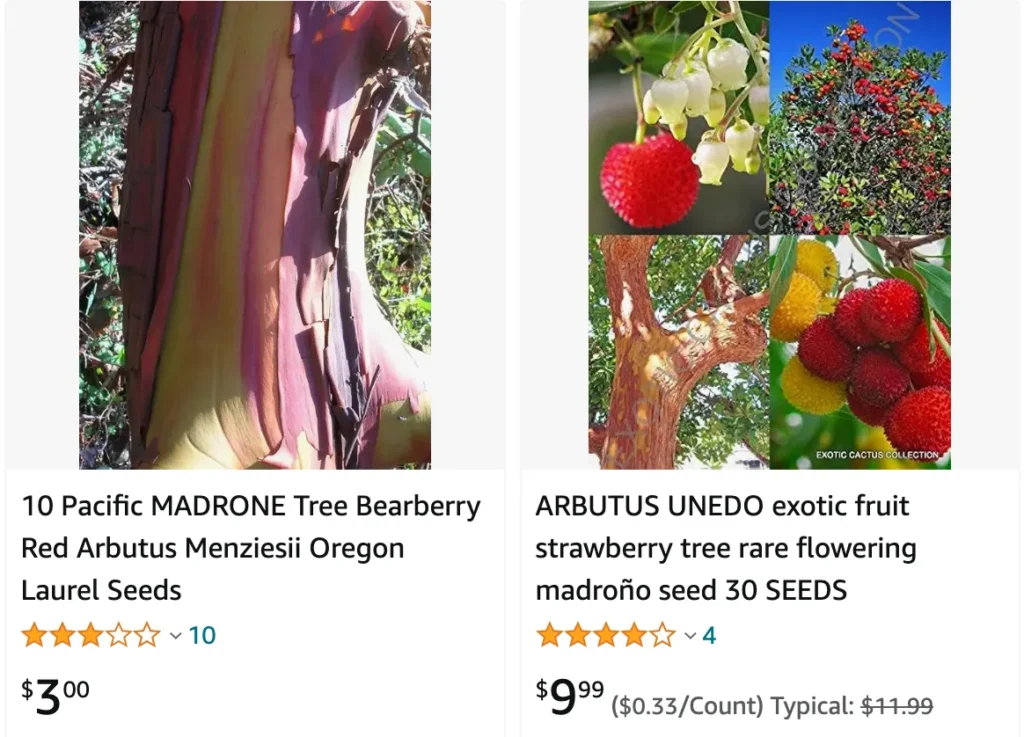
What is Arbutus menziesii?
The Pacific Madrone (Arbutus menziesii) has always held a special place in my heart. Growing up in California, these majestic trees were a constant presence, their peeling bark and clusters of white flowers a familiar sight along the coast. Their very name, with its touch of the exotic, sparked my imagination. As I delved deeper, I discovered a tree that’s not only beautiful but also ecologically significant.
The Madrone’s most striking feature is undoubtedly its bark. Unlike the smooth, stoic exterior of most trees, the Madrone’s bark sheds in a riot of colors. Patches of cinnamon red peek through a canvas of peeling brown, creating a captivating mosaic. This peeling isn’t just aesthetic; it helps protect the tree from fire, a common occurrence in the California chaparral.
14 Species in Genus Arbutus
Beneath this vibrant bark lies another treasure: the Madrone’s leaves. They’re a deep, glossy green, waxy to the touch, and remain on the tree year-round. This evergreen quality adds a touch of life to the winter landscape, especially when contrasted with the stark beauty of dormant oaks and sycamores.
But the Madrone’s magic truly comes alive in the spring. Delicate clusters of white, bell-shaped flowers erupt from the branches, filling the air with a sweet, honey-like fragrance. These blossoms mature into clusters of bright orange, strawberry-shaped fruits – a delightful treat for birds and a potential source of confusion for the uninitiated (the fruits are not recommended for human consumption).
Arbutus menziesii vs marina
I’ve grown both Arbutus menziesii and Arbutus marina in my garden, and I find that Arbutus menziesii, or the Pacific madrone, really stands out with its stunning, peeling bark and lovely red berries. In contrast, Arbutus marina, or the strawberry tree, has a more compact form and its smooth, reddish-brown bark gives a neat appearance. While Arbutus menziesii feels more wild and rugged, Arbutus marina’s smaller size and more ornamental look make it a better fit for tighter spaces in the garden.
Do Madrones Like the Coast?
Yes, the Madrone thrives along the California coast, particularly in areas with well-drained soil and moderate temperatures. They favor slopes and bluffs, where their roots can dig deep to access moisture. However, their range extends beyond the immediate coastline, venturing inland into foothills and valleys where conditions are favorable.
The Madrone’s resilience is impressive. It can tolerate drought conditions and poor soil quality, making it a valuable addition to fire-prone ecosystems. Its presence promotes biodiversity by providing food and shelter for a variety of birds, insects, and mammals.
How to care for Madrone?
The Madrone’s beauty is undeniable, but it’s not the easiest tree to cultivate in a garden setting. They have a specific set of needs that must be met for them to thrive.
First and foremost, drainage is key. Madrones despise soggy roots, so ensure your soil is well-draining and avoid overwatering. They prefer slightly acidic soil and are best suited for areas with mild temperatures.
While they can tolerate some sun exposure, Madrones generally appreciate some afternoon shade, especially in warmer climates. They’re slow growers, so be prepared to be patient – but the reward of a mature Madrone gracing your landscape is well worth the wait.
What to Plant with Your Madrone?
Since Madrones favor well-drained soil, companion plants should share this preference. Native California wildflowers are a great choice, adding a splash of color and attracting pollinators. Manzanita, another fire-resistant native shrub, complements the Madrone’s aesthetic and provides additional habitat for wildlife.
For a touch of texture, consider planting ornamental grasses like deer grass or California fescue. These low-maintenance plants will add movement and visual interest to the understory, creating a dynamic composition.
The Madrone is a conversation starter in any garden. Its unique beauty and ecological significance make it a worthy addition to any California landscape. With a little planning and care, you can cultivate this captivating tree and enjoy its presence for generations to come.
If i die, water my plants!
